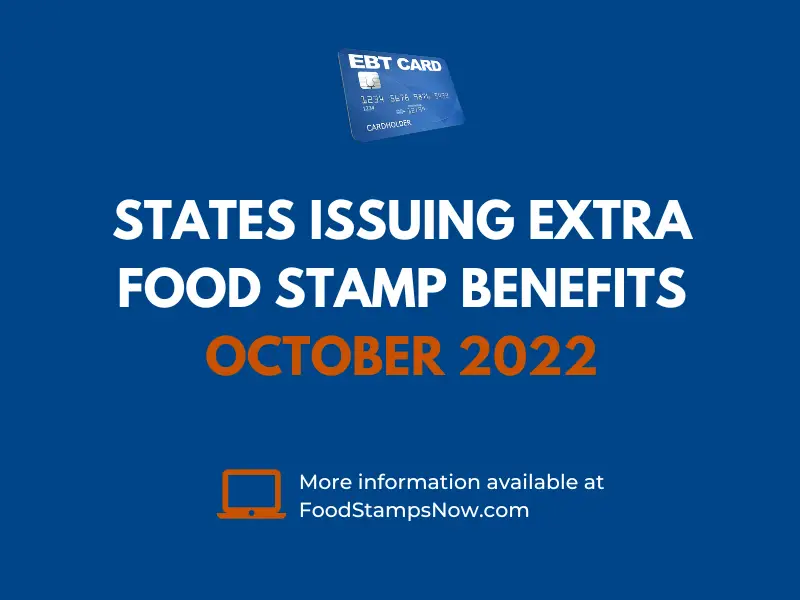

Last year, about one in seven Americans experienced food insecurity, defined by the USDA as having limited or uncertain access to nutritious food this year, hunger relief network Feeding America predicts that rate will still be higher than pre-pandemic levels, with one in eight Americans facing food insecurity. States and cities continue to reopen and vaccination rates have increased, but people are still dealing with the health and financial impacts of the coronavirus pandemic, especially those who haven’t been able to return to work yet.Īnd the country’s hunger problem could actually worsen in 2021. That rate of food insecurity is consistent with data from December, indicating that as the pandemic wears on, many families’ struggle to access food has continued. If you only count households that have children, that rate goes up to more than 14%. More than 10% of households said they sometimes or often didn’t have enough to eat as of March 1, according to the U.S. The American Rescue Plan Act also provides additional funding to states for the next three years, to accommodate increased demand for SNAP benefits. If you have previously exhausted your benefit period, you may be able to begin receiving SNAP funds again. If you’re dealing with long-term unemployment or haven’t returned to work due to health concerns, you may want to reapply for aid. The Families First Coronavirus Response Act (FFCRA) made it easier for people to apply for food assistance, removing the work requirement for the duration of the pandemic.

That three-month limit usually applies for a three-year period, which can severely limit how much aid you might receive if you don’t fit into one of those groups.

Typically, there’s a three-month limit on SNAP benefits if you’re unemployed, under 50 and don’t have kids at home. If you’ve considered applying for SNAP in the past, but didn’t meet eligibility requirements, you may find that you’re now eligible for aid. Relaxed Requirements Widens Eligibility for Food Assistance Typically, WIC recipients can only purchase $9 worth of these items WIC also provides funds for formula and other nutrition-rich food for pregnant women and mothers of children up to age 5. Recipients of the Special Supplemental Nutrition Program for Women, Infants and Children (WIC) will get an extra $26 per month (for a total of $35 per month) through September to use on fruits and vegetables.P-EBT provides money for families to buy groceries for meals their children would have received at school but can’t access because school is closed or they’re attending remote classes. The P-EBT program will be extended for the duration of the pandemic.The American Rescue Plan Act also expands two other food assistance programs:

Other Food Assistance Programs Extended Through September With this increase, an individual could receive a maximum allotment (the allowance SNAP provides) of $234 per month, while a household of four could be eligible for up to $782 per month. A household of four will have about an additional $100 to $120 per month to spend on food. The American Rescue Plan Act, the $1.9 trillion Covid-19 aid package that became law on March 11, extends it through September 2021.Īn individual receiving SNAP benefits (sometimes referred to as food stamps) will get an average $28 additional per month on top of their existing benefit amount, according to the U.S. The 15% benefit increase was first authorized by the December 2020 Covid-relief package, but was slated to expire in June. People receiving Supplemental Nutrition Assistance Program (SNAP) benefits will continue to get a 15% boost through the summer. The American Rescue Plan Act contains new extensions for people receiving food assistance during the pandemic.


 0 kommentar(er)
0 kommentar(er)
